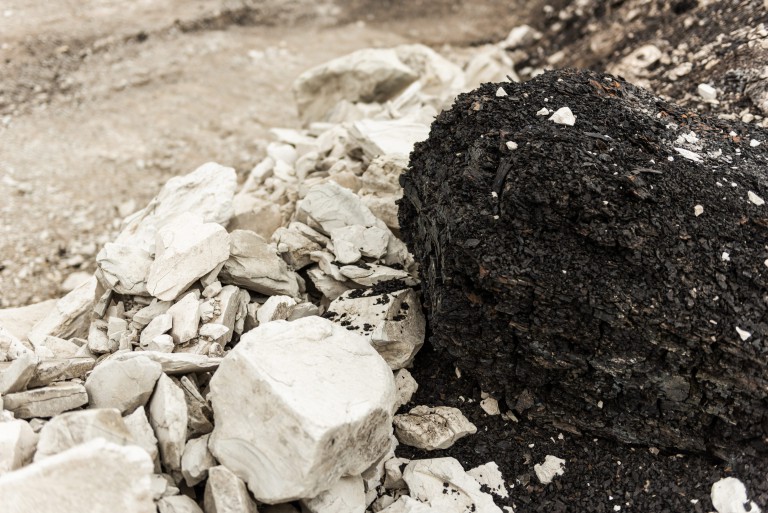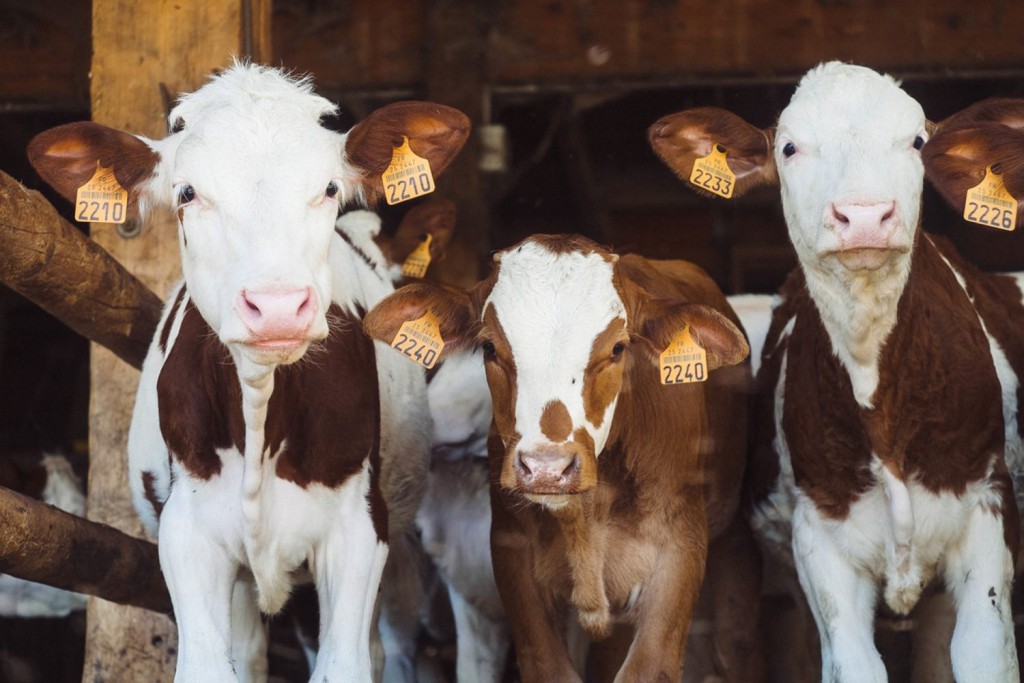Ammonia emissions are a common by-product of animal waste.
These emissions can negatively impact your animal’s health and production. As well, you yourself can be harmed by high levels of ammonia and even low levels can irritate the eyes and lungs. The environment is another concern, as ammonia emissions affect air quality.
Ammonia is one of the most dangerous gases that is present in the air in barns and stables.
It is produced from the decomposition of manure. The protein in an animal’s diet contains nitrogen that is metabolized by their bodies into animal protein such as milk, meat or eggs however any nitrogen that is not metabolized is excreted in the animal’s urine or feces. It is the process of decomposition of the manure that emits ammonia into the air.
Ammonia has a very strong odor and often accumulates inside barns and stables.
The ammonia emitted into the air by agricultural operations can have a very harmful effect on air quality and the environment. It has been estimated by the U.S. Environmental Protection that animal agriculture can be held accountable for fifty to eight-five percent of all man-made ammonia emissions in the US.
It is important to control ammonia in order to protect your animals, yourself and the environment.
Manure management and proper ventilation are two steps that you can take to control these emissions. You can also use stall deodorizers to neutralize ammonia and absorb odors and moisture. This will keep your barn fresh and protect you, your animals and the environment from the negative effects of ammonia emissions.
For more information on how to reduce ammonia in your barn and stalls, check out: Providing a Clean and Safe Environment for Your Animals: The Stall DRY Method


